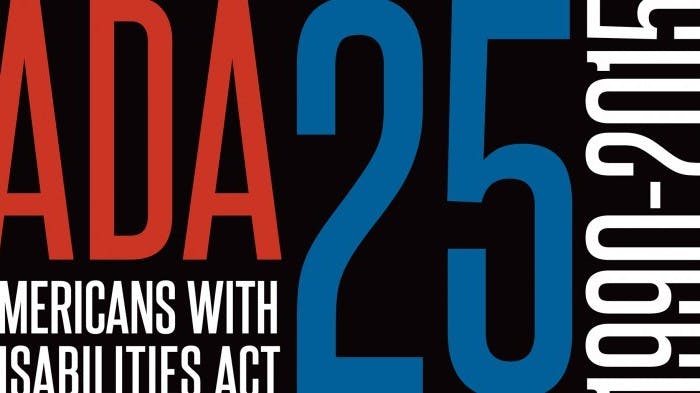By Eric B. Meyer
Yesterday, the EEOC issued two new publications on the rights of HIV-positive individuals in the workplace.
As EEOC Chair Jenny Yang underscored,
Individuals with HIV infection should know that the ADA protects their rights in the workplace, including the right to reasonable accommodations.”
The implication here is that HIV is a disability under the Americans with Disabilities Act. Indeed, the ADA regulations note that it should be “easily concluded” that HIV substantially limits one or more major life activities. Further, the Department of Justice, Civil Rights Division recognizes that HIV is an ADA disability.
Florida court feels it needs more proof
Well, tell all that to a federal court in Florida.
In this recent opinion (in Rodriguez v. HSBC Bank USA), the court concluded that,
While the hurdle necessary to establish that HIV is a disability per the ADA may be low, it is a hurdle nonetheless. Leaping it requires some proof.”
Thus, where a plaintiff claims ADA discrimination based on HIV status, the plaintiff still must show how the HIV substantially limited one or more major life activities. Otherwise, the plaintiff cannot prove that he has an actual disability. (In this particular case, the plaintiff presented no such evidence. Indeed, he testified at deposition that his HIV status “never” affected his ability to perform the functions of his job).
Employer takeaways
Yeah, but …
- This case is an exception to the rule. Most plaintiffs will be able to clear the low bar of demonstrating how HIV substantially limits a major life activity.
- And even if HIV isn’t an actual ADA disability, it may still be an ADA disability. Huh? Well, if an employee with HIV is “regarded as” disabled and the employer discriminates against the employee on that basis, that would violate the ADA, too.
- If an employee with HIV requests a reasonable accommodation, don’t waste any psychic energy on debating whether that employee is actually disabled. Instead, shift your attention to engaging in an interactive dialogue with the employee to determine what reasonable accommodation(s) will allow the employee to perform the essential functions of the job.
This was originally published on Eric B. Meyer’s blog, The Employer Handbook.
